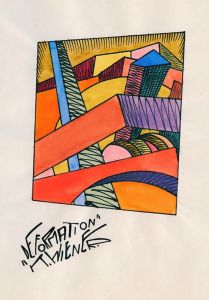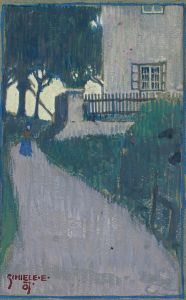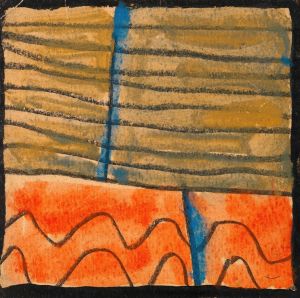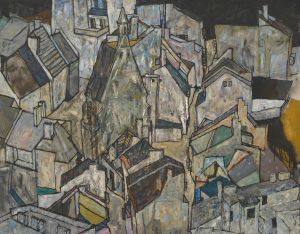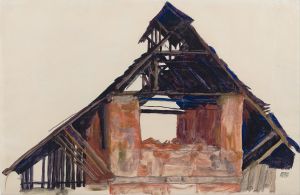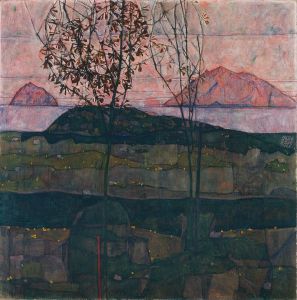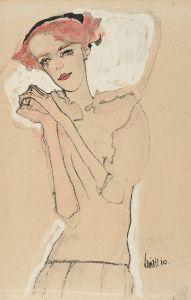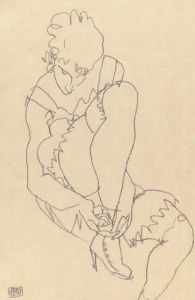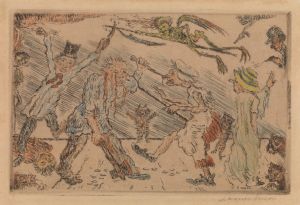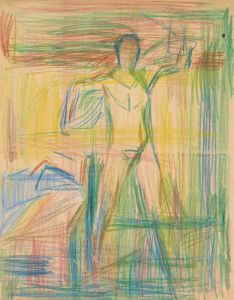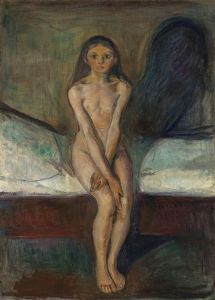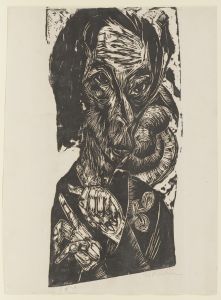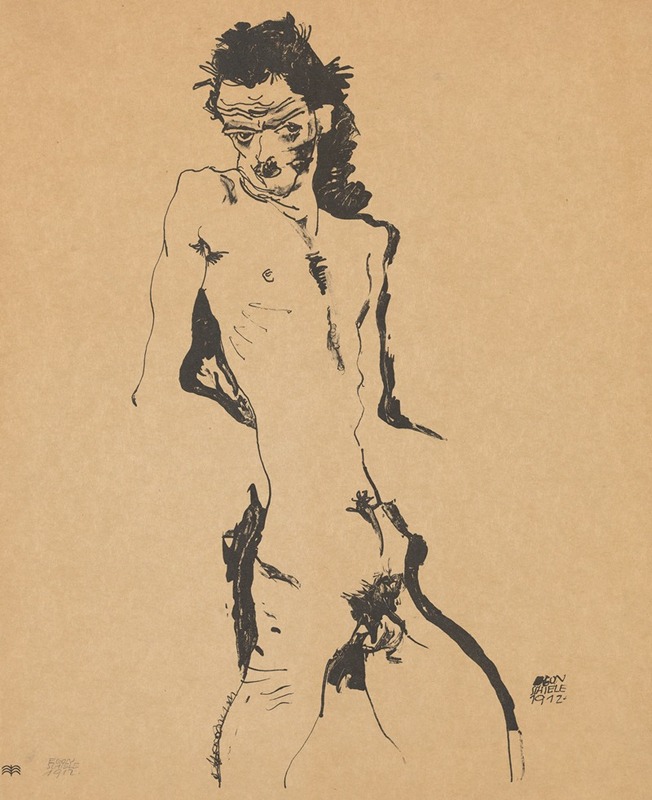
Selbstporträt
A hand-painted replica of Egon Schiele’s masterpiece Selbstporträt, meticulously crafted by professional artists to capture the true essence of the original. Each piece is created with museum-quality canvas and rare mineral pigments, carefully painted by experienced artists with delicate brushstrokes and rich, layered colors to perfectly recreate the texture of the original artwork. Unlike machine-printed reproductions, this hand-painted version brings the painting to life, infused with the artist’s emotions and skill in every stroke. Whether for personal collection or home decoration, it instantly elevates the artistic atmosphere of any space.
Egon Schiele, an Austrian painter known for his distinctive style and intense expressionism, created several self-portraits throughout his career. One of these works, titled "Selbstporträt" (Self-Portrait), exemplifies his unique approach to capturing the human form and psyche. Schiele was a protégé of Gustav Klimt and became a major figurative painter of the early 20th century. His work is noted for its raw emotional intensity and often features contorted body shapes and expressive lines.
Schiele's self-portraits are particularly significant as they offer insight into his self-perception and artistic evolution. In these works, he often depicted himself in a stark, unidealized manner, emphasizing vulnerability and existential angst. This approach was part of a broader movement in early 20th-century art that sought to explore the depths of human emotion and the complexities of identity.
The "Selbstporträt" by Schiele is characterized by its bold use of line and color, which are hallmarks of his style. Schiele's technique involved a combination of sharp, angular lines and a muted, sometimes somber color palette. This method allowed him to convey a sense of tension and psychological depth. His self-portraits often feature exaggerated poses and expressions, which serve to highlight his introspective and sometimes tormented view of himself.
Schiele's work was heavily influenced by the socio-political context of his time, including the upheaval and uncertainty in Europe leading up to World War I. This environment may have contributed to the themes of isolation and existential dread that permeate his self-portraits. Additionally, Schiele's interest in exploring themes of sexuality and the human condition is evident in his work, which often includes provocative and sometimes controversial imagery.
Throughout his career, Schiele faced both acclaim and criticism. His work was celebrated for its innovation and emotional power, but it also attracted controversy due to its explicit content and departure from traditional artistic norms. Despite this, Schiele's influence on modern art is undeniable, and his self-portraits remain a testament to his skill and vision as an artist.
Egon Schiele's life was tragically cut short when he died at the age of 28 in 1918, a victim of the Spanish flu pandemic. Despite his brief career, he left behind a significant body of work that continues to be studied and admired for its contribution to expressionism and modern art. His self-portraits, including "Selbstporträt," are considered some of his most important works, offering a window into the mind of an artist who was unafraid to confront the complexities of human existence.
In summary, Egon Schiele's "Selbstporträt" is a powerful example of his artistic style and thematic concerns. Through his use of line, color, and composition, Schiele was able to convey profound emotional and psychological depth, making his self-portraits enduring works of art that continue to resonate with audiences today.





